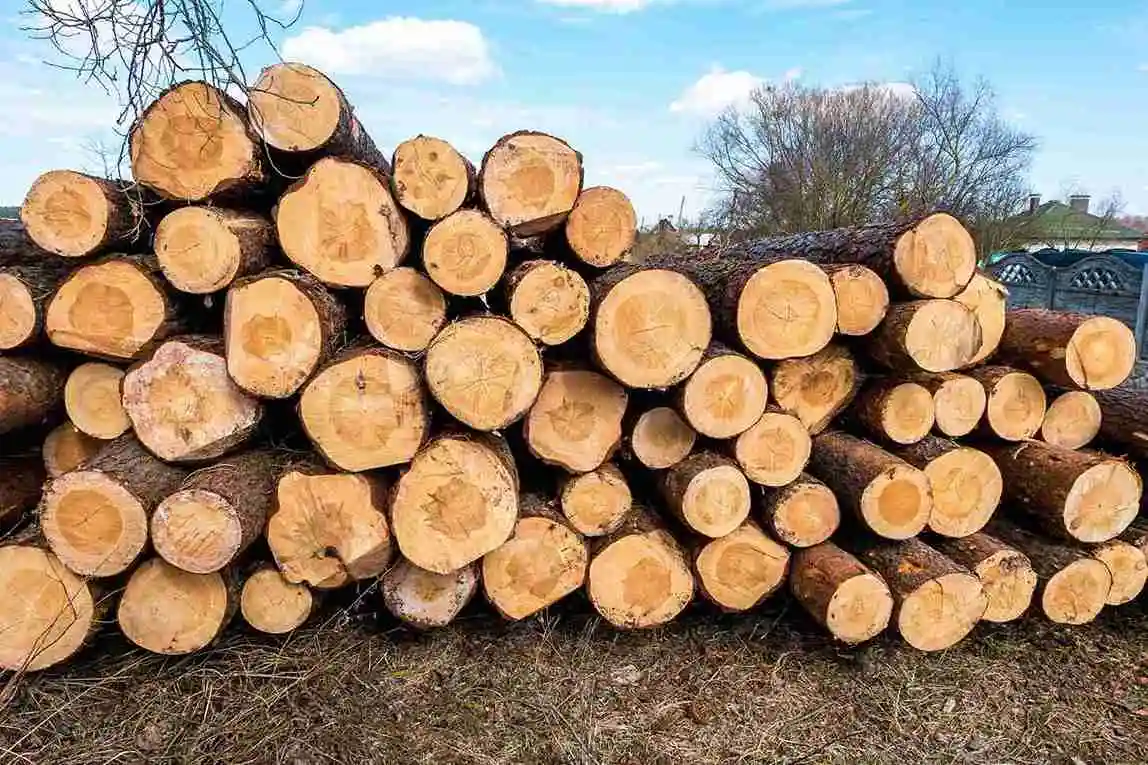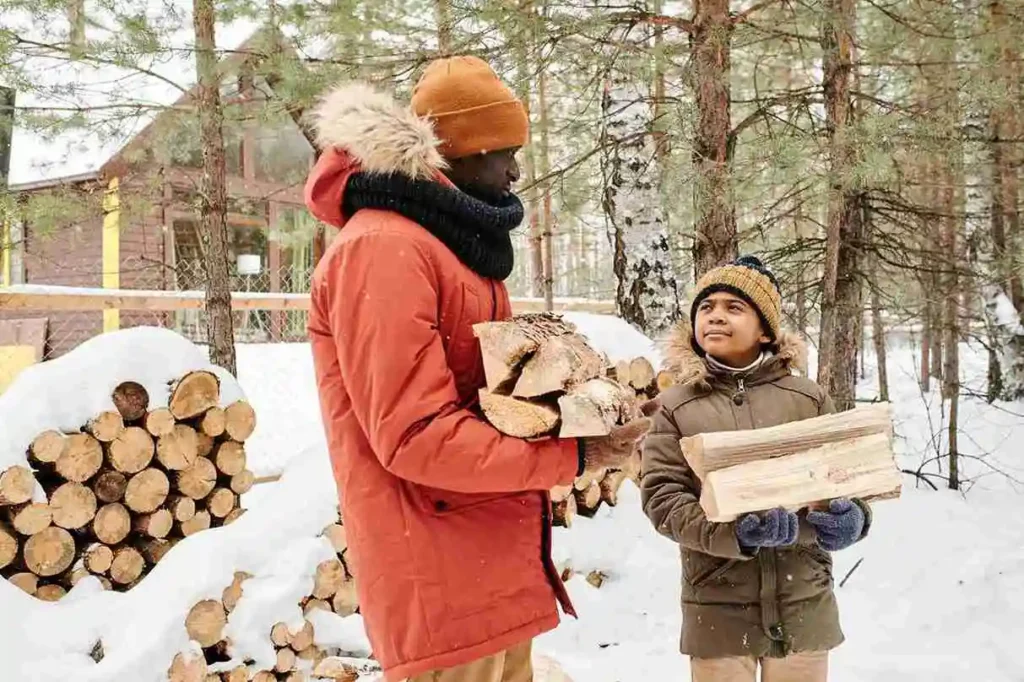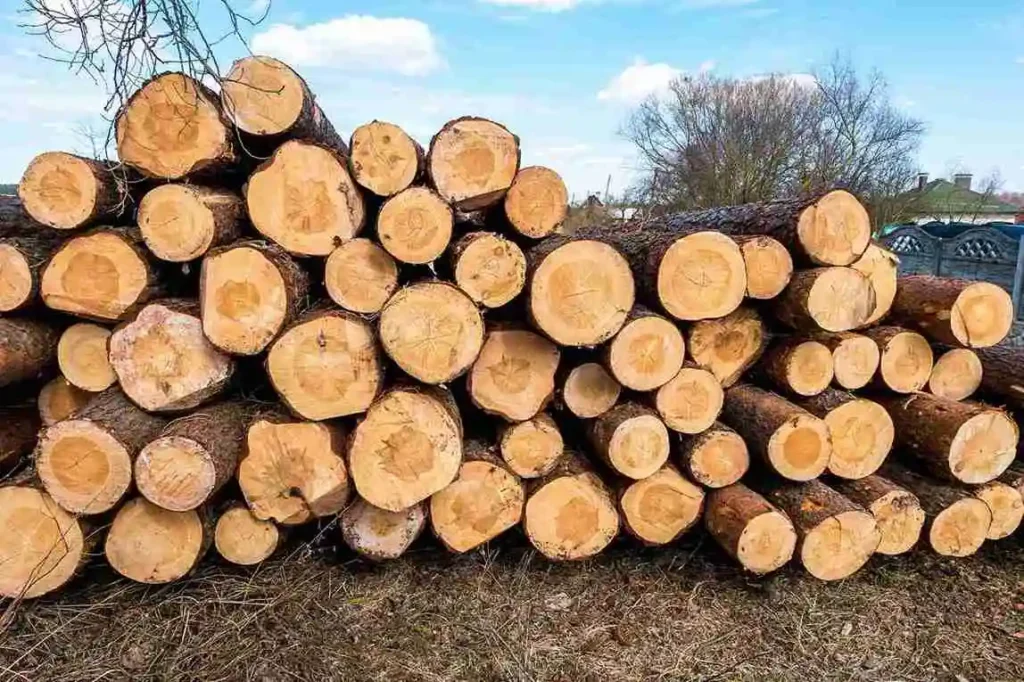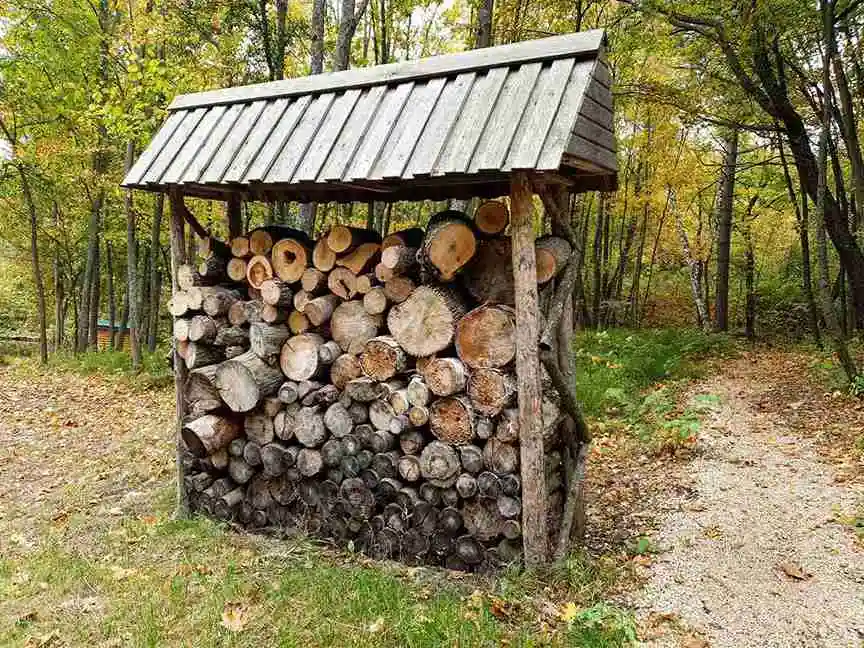How Much Firewood Do You Really Need for a Colorado Winter?
Colorado winters are stunning, but they can also be brutally cold. If you’re planning to keep warm with a wood-burning stove or fireplace, you’re probably wondering: how much firewood do I really need to get through the season?
The answer depends on a few key factors like your home size, heating habits, and type of wood. In this guide, we’ll break it all down so you can plan ahead—and make sure your woodpile doesn’t come up short in the middle of a January snowstorm. Plus, we’ll touch on the convenience of firewood delivery in the Denver area to make your winter prep even easier.
Understand What a ‘Cord’ of Firewood Means
Before we jump into numbers, let’s clarify what a “cord” actually is. A full cord of firewood measures 4 feet high, 4 feet deep, and 8 feet long. That’s 128 cubic feet of tightly stacked logs.
You may also hear terms like “face cord” or “rick,” which typically refer to one-third of a full cord. Always ask your supplier for exact dimensions so you know what you’re getting.
Factors That Affect How Much Firewood You Need
1. How Often You Use Your Fireplace
- Occasional Use: If you enjoy a cozy fire on weekends or holidays, you’ll likely need only 1/4 to 1/2 cord for the season.
- Regular Use: If you light a fire most evenings, plan on 1 to 2 cords.
- Primary Heat Source: Using wood as your main heat? Expect to burn 3–6 cords depending on the size and insulation of your home.
2. Home Size and Insulation
A well-insulated, smaller home will retain heat better and require less wood. Drafty, older homes or those with high ceilings may need significantly more.
3. Stove vs. Fireplace Efficiency
Wood stoves are generally much more efficient than open fireplaces. If you’re using a modern EPA-certified stove, you’ll get more heat per log and need less wood overall.
4. Type of Firewood Used
Hardwoods like oak, hickory, and maple burn hotter and longer than softwoods like pine. So, hardwoods stretch your supply further. Using kiln-dried hardwood? Even better—it burns more efficiently with less smoke.
Estimating Firewood for the Colorado Climate
Colorado winters are long, and temperatures can plummet quickly, especially in mountain regions. On average, residents who rely on wood as their main heating source burn between 3 to 5 cords per winter.
If you live along the Front Range (including Denver, Boulder, and Colorado Springs), you’ll probably fall within the 2–4 cord range if you burn nightly. In mountain areas like Breckenridge or Aspen, you may need closer to 5–6 cords due to colder conditions.
Benefits of Buying Firewood in Bulk
- Cost Savings: Buying a full cord is much cheaper per log than small bundles.
- Consistency: You get a uniform quality, especially if purchasing kiln-dried.
- Less Stress: You’re fully stocked and won’t run out during a cold snap.
Why Firewood Delivery in the Denver Area Is a Game-Changer
Dragging logs from the store or cutting them yourself isn’t always realistic—especially in winter. Luckily, firewood delivery in the Denver area makes prepping easy:
- Delivered right to your home or garage
- Stacking services available
- Scheduled drop-offs for convenience
Choose a reliable local provider who specializes in kiln-dried, seasoned, or mixed wood.
Tips for Storing Your Firewood Properly
- Keep it off the ground on a rack or pallets
- Stack loosely to allow airflow
- Cover the top to shield from snow and rain, but keep sides open
- Store near your home for easy access
Proper storage prevents mold, rot, and moisture buildup, so your firewood is always ready to burn.
Signs You’re Running Low Too Soon
If you notice any of these signs mid-season, it may be time to reorder:
- You’re going through a stack in a week or less
- Fires are harder to start (damp wood)
- You’re mixing with softwood kindling more often
Order early and monitor your burn rate to avoid last-minute rushes.
Final Thoughts: Be Ready, Stay Warm
Planning ahead can make the difference between a warm, cozy winter and scrambling for wood in freezing temperatures. Whether you’re an occasional fire user or rely fully on your stove, knowing how much wood to order helps you stay ahead of the cold.
Pair that with reliable firewood delivery in the Denver area, and your winter just got a whole lot easier.
FAQs
1. What’s the difference between a full cord and a face cord?
A full cord is 128 cubic feet, while a face cord is typically one-third that size. Always ask for dimensions.
2. How long does a cord of firewood last?
For regular evening fires, a cord can last 6–10 weeks. For daily heating, plan on needing more.
3. Should I buy all my firewood at once or in batches?
Buying all at once saves money and ensures consistency. Store it well and it’ll last all season.
4. Is kiln-dried wood better for Colorado winters?
Yes. It burns cleaner, lights faster, and gives off more heat—ideal for cold climates.
5. Can I mix hardwood and softwood in my fire?
Yes. Softwood is great for kindling, while hardwood provides long-lasting heat. A mix is often the most efficient approach.






